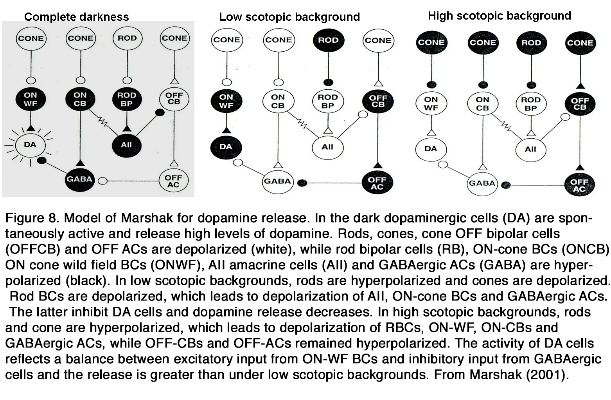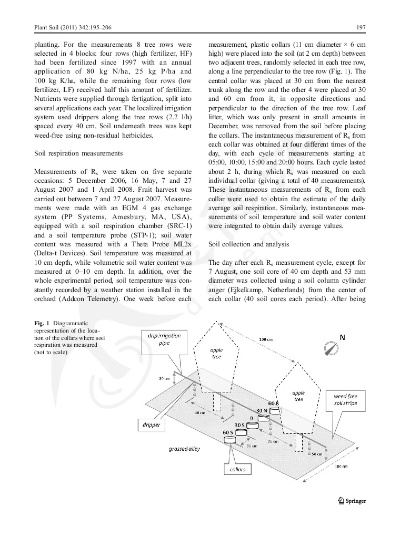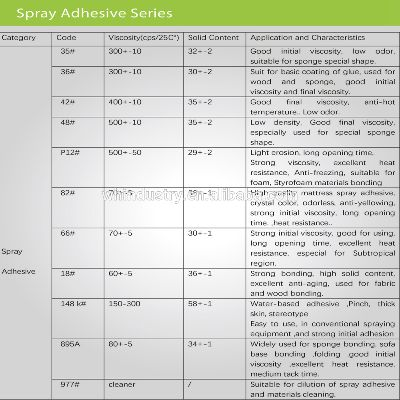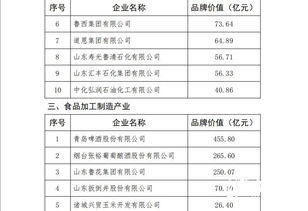The Role of Antimicrobial and Odor-Controlling Textiles in Modern Living
In modern living, the role of antimicrobial and odor-controlling textiles is crucial. These materials are designed to prevent the growth of harmful bacteria and eliminate unpleasant smells. Antimicrobial textiles are made from materials that kill or inhibit the growth of bacteria, such as silver ions or quaternary ammonium compounds. Odor-controlling textiles use chemicals or natural ingredients to mask unpleasant odors, such as those found in pets or human sweat. These textiles can be used in a variety of settings, including hospitals, schools, and homes. They are particularly useful in situations where hygiene is a concern, such as during outbreaks of infectious disease. In addition to their practical applications, these textiles also have a positive impact on public health by reducing the spread of germs and alleviating the discomfort caused by unpleasant odors.
In today's world, where hygiene and cleanliness are paramount concerns, the development of antimicrobial and odor-controlling textiles has become a crucial frontier in the field of textile engineering. These materials not only enhance the comfort and quality of our daily lives but also contribute significantly to maintaining a hygienic environment. In this article, we will delve into the significance of these textiles, explore their applications in various industries, and provide an insight into some successful cases that highlight their effectiveness.
Antimicrobial textiles have gained significant attention due to their ability to inhibit the growth of harmful microbes on fabrics, thereby reducing the risk of infections caused by bacterial and fungal contamination. This technology is particularly beneficial for healthcare settings where patient care requires utmost hygiene standards. For instance, hospitals use antimicrobial curtains and linens to prevent cross-infections, ensuring the safety of patients and staff alike. Additionally, in the fashion industry, antimicrobial fabrics are used in sportswear, swimwear, and outdoor gear to maintain cleanliness and reduce the spread of bacteria.
Odor-controlling textiles play a vital role in enhancing indoor air quality. They help to absorb or neutralize unpleasant odors generated by human activities such as sweating, cooking, and smoking. These textiles can be found in bedding, curtains, upholstery, and even in personal care products like deodorants and air fresheners. A notable example is the use of activated carbon-based textiles in home furnishings, which effectively absorb odors and leave behind a pleasant scent.

The application of antimicrobial and odor-controlling textiles is widespread across various industries. In the food and beverage sector, these materials are used in kitchen equipment, utensils, and tableware to prevent cross-contamination during food preparation and storage. Similarly, in the hospitality industry, antimicrobial towels and bedding are essential for maintaining cleanliness and hygiene in guest rooms. In the fashion industry, antimicrobial fabrics are increasingly being incorporated into clothing to ensure that they do not harbor harmful bacteria or mold.
One of the most successful cases of antimicrobial and odor-controlling textiles is the development of biodegradable fabrics. These materials are derived from renewable resources and contain natural antimicrobial agents that break down over time, releasing no harmful chemicals into the environment. For example, bamboo-based fabrics have been shown to resist bacterial growth and emit a pleasant scent, making them ideal for use in outdoor furniture and sportswear.
Another area where antimicrobial and odor-controlling textiles have made a significant impact is in the healthcare industry. Medical devices such as surgical gowns, gloves, and masks are now equipped with antimicrobial properties to prevent cross-infections during surgery and other medical procedures. Additionally, incontinence products like undergarments and linens are now available in antimicrobial formulations to minimize the risk of infection for individuals with compromised immune systems.
In conclusion, the importance of antimicrobial and odor-controlling textiles cannot be overstated. These materials have revolutionized the way we live our lives by enhancing hygiene, promoting cleanliness, and protecting our health. As technology continues to advance, we can expect further innovations in this field, leading to even more effective solutions for maintaining a healthy environment. It is crucial for businesses and individuals alike to embrace these technologies and adopt them in their daily lives to create a safer, cleaner, and healthier future.
随着人们对生活品质的追求不断提高,抗菌防臭纺织品的需求日益增长,这类纺织品在保持个人卫生和舒适度方面发挥着重要作用,本篇将围绕抗菌防臭纺织品加工的主题,从多个角度进行深入探讨。
抗菌防臭纺织品概述
抗菌防臭纺织品是一种具有抗菌、防臭功能的纺织品,主要用于衣物、家居用品等,其主要材料通常包括天然纤维或合成纤维,经过特殊处理后具有抗菌性能,这些纺织品还具有防臭功能,可以有效去除人体排泄物产生的异味。

加工过程
材料选择与预处理
在加工抗菌防臭纺织品时,首先需要选择合适的材料,常见的材料包括天然纤维如棉、麻等,以及合成纤维如聚酯纤维等,在材料选择后,需要进行预处理,如清洗、消毒等,以提高材料的抗菌防臭性能。
纺织工艺
纺织工艺是决定纺织品性能的关键因素,在加工过程中,需要采用先进的纺织技术,如连续纤维纺织、无纺布纺织等,以提高纺织品的抗菌防臭效果,还需要注意控制纺织过程中的温度、湿度等参数,以保持材料的稳定性和抗菌性能。
染色与整理
染色和整理是提高纺织品美观性和舒适性的重要手段,在染色过程中,可以采用各种染料,如活性染料、酸性染料等,以满足不同的颜色需求,还可以采用各种整理技术,如防皱处理、防污处理等,以提高纺织品的耐久性和使用舒适度。
案例分析

以下是关于抗菌防臭纺织品加工的一个案例分析:
某品牌抗菌防臭内裤的生产过程
该品牌采用天然纤维和合成纤维相结合的方式,进行抗菌防臭内裤的生产,在材料选择和预处理阶段,该品牌注重选用环保、无毒的材料,并进行严格的清洗和消毒处理,在纺织工艺方面,该品牌采用了先进的连续纤维纺织技术,提高了纺织品的抗菌性能和防臭效果,在染色和整理阶段,该品牌采用了活性染料和防皱处理技术,提高了内裤的美观性和舒适度,最终的产品不仅具有抗菌防臭功能,还具有舒适、柔软的质地和良好的透气性。
某家居用品抗菌防臭毛巾的生产过程
该家居用品生产商采用合成纤维作为主要材料,进行抗菌防臭毛巾的生产,在材料选择和预处理阶段,该生产商注重选用抗菌性能好的材料,并进行高温消毒处理,在纺织工艺方面,该生产商采用了先进的无纺布纺织技术,提高了毛巾的抗菌性能和防臭效果,该生产商还采用了特殊的防污处理技术,提高了毛巾的使用寿命和清洁效果,最终的产品不仅具有抗菌防臭功能,还具有柔软、舒适的质地和良好的吸水性。
抗菌防臭纺织品加工是一个复杂的过程,需要综合考虑材料选择、纺织工艺、染色与整理等多个方面,通过上述案例分析可以看出,抗菌防臭纺织品加工需要注重环保、安全、高效等方面,随着科技的不断进步和人们对生活品质的要求不断提高,抗菌防臭纺织品的需求将会继续增长。
Articles related to the knowledge points of this article:
The Multifaceted Benefits and Applications of Home Textile Products
Exploring the World of Quality Textiles with Jia Tien Textiles
Top Ten Textile Brands in the Rankings:High-Resolution Images and Case Studies



